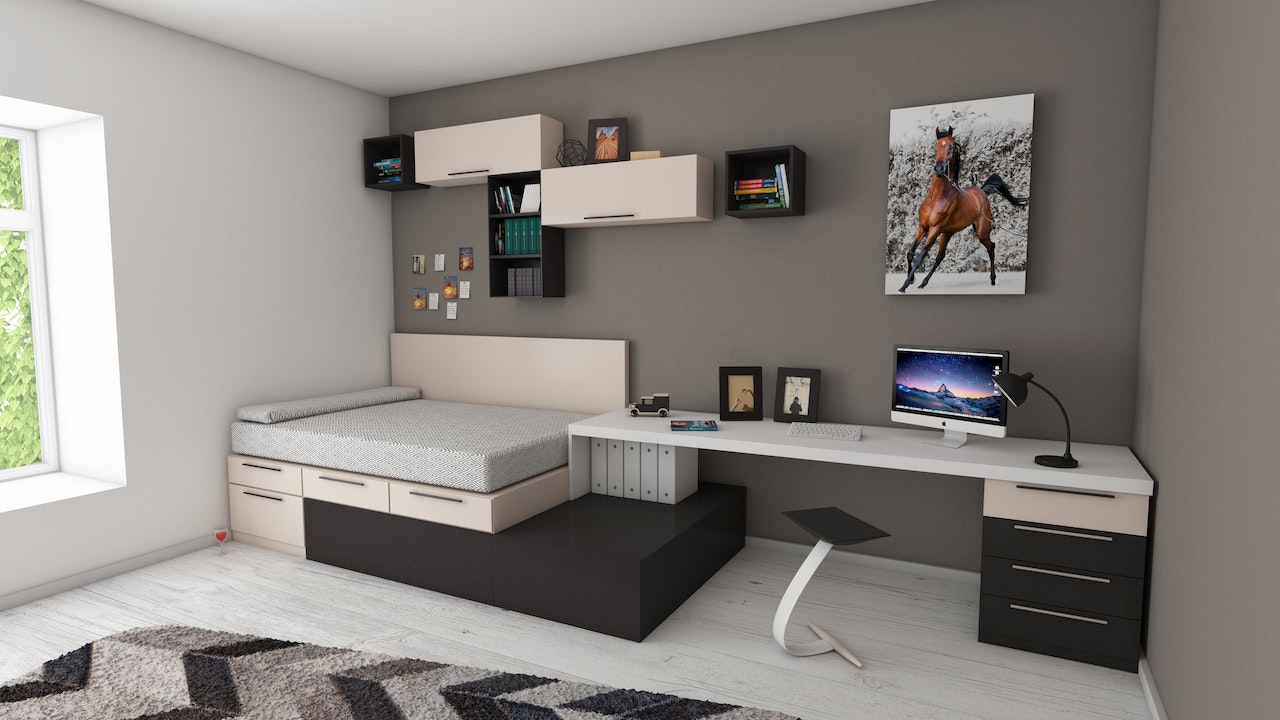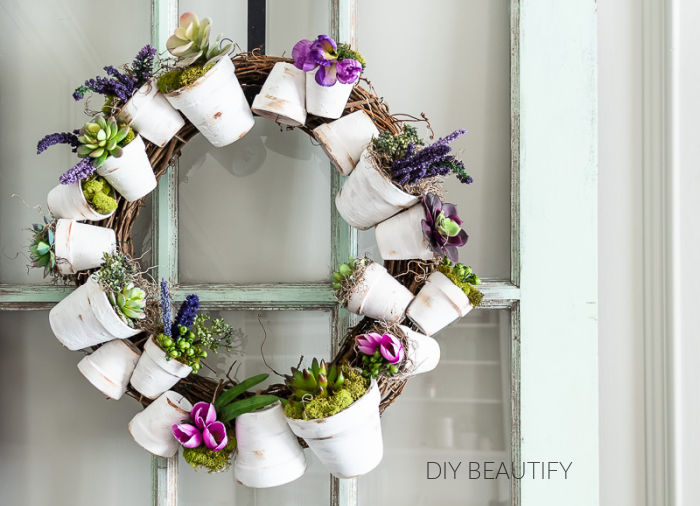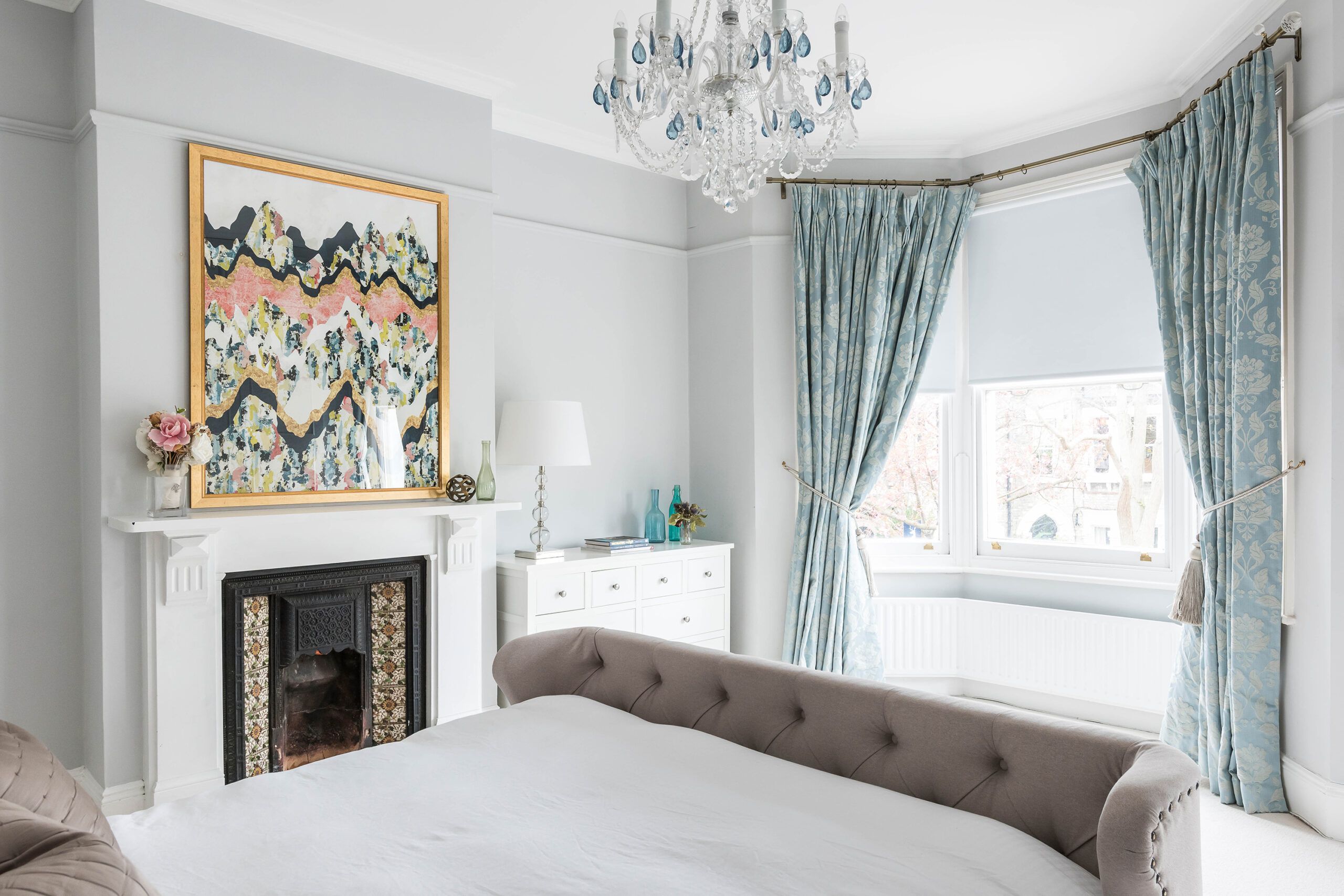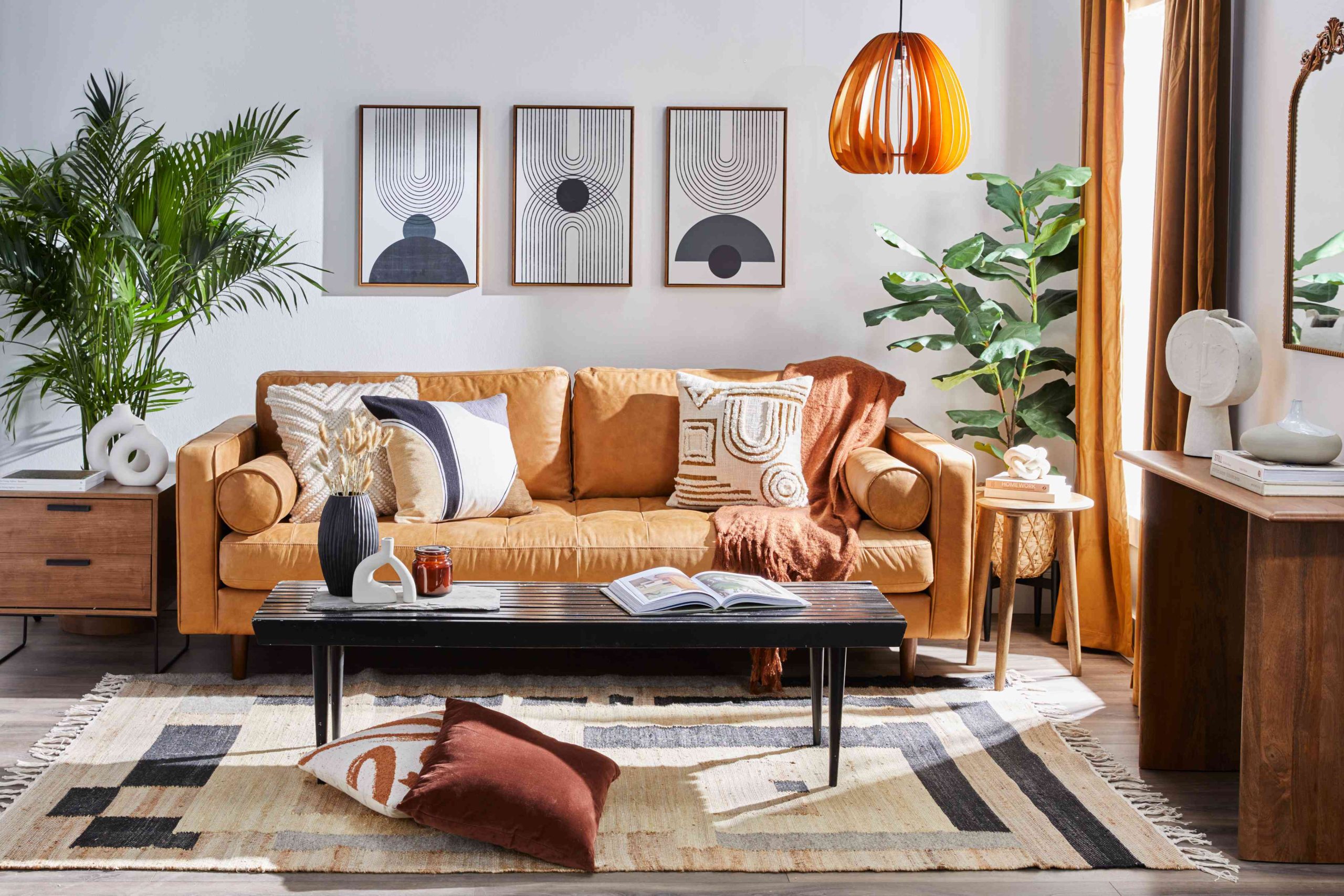A minimalist home offers numerous benefits that can help transform your life in unimaginable ways. Firstly, a minimalistic living space helps to declutter your mind and reduce stress levels. When you’re surrounded by fewer belongings, you tend to feel more relaxed and less overwhelmed, which can improve your overall mental health.
Secondly, a minimalist home is much easier to maintain since there are fewer items to clean and organize. This gives you more time for other essential activities such as practicing self-care or spending quality time with family and friends.
Lastly, a minimalist lifestyle promotes conscious consumerism by encouraging individuals to only purchase what they need. This not only reduces the amount of waste produced but also saves money in the long run.
In summary, adopting a minimalist lifestyle has immense benefits that go beyond just having an organized living space. It can help promote mental clarity, save time and money while also reducing environmental impact through conscious consumerism.
Assessing your current belongings
Assessing your current belongings is a crucial step in decluttering and creating a minimalist home. To start, take inventory of all your possessions and categorize them into essential and non-essential items. Essential items are those that you use regularly or need for daily living, while non-essential items are things that you seldom use or don’t need at all.
Once you’ve identified the non-essential items, determine which ones to keep, donate, sell, or throw away. Consider if the item brings value to your life or if it’s just taking up space. If it’s not adding value, let it go. Remember that less is more when creating a minimalist home.
It can be challenging to let go of some possessions due to sentimental value or attachment. However, by assessing your current belongings objectively and only keeping what adds value to your life, you’ll create more space for what truly matters – experiences, relationships with loved ones and self-care activities that bring joy and fulfillment in life.
The four-box method for decluttering
The four-box method for decluttering is a simple and effective way to tackle the overwhelming task of decluttering your home. The method involves labeling four boxes or bags as “keep,” “donate/sell,” “trash,” and “unsure.” As you go through each room, pick up every item and place it in one of the boxes based on whether you want to keep it, donate/sell it, throw it away, or are unsure about its fate.
The keep box should only contain the items that you truly need and use regularly. The donate/sell box can be used for items that are still in good condition but no longer serve a purpose for you. The trash box is reserved for broken or unusable items that cannot be donated or sold. Lastly, the unsure box is for items that you may need more time to decide whether they should stay or go.
Once all the clutter has been sorted into their respective boxes, make sure to follow through with donating/selling and properly disposing of the unwanted items. This method not only removes excess clutter from your home but also helps reduce waste and allows someone else to benefit from your unused belongings.
Simplifying your storage spaces
One of the essential components of creating a minimalist home is to simplify your storage spaces. Cluttered and disorganized storage areas can create a sense of chaos and make it challenging to find what you need quickly. To streamline your storage, start by assessing what items you have and determining which ones are necessary, sentimental, or simply clutter.
Next, invest in some organizational tools like bins, baskets, and drawer dividers to group similar items together. Be sure to label everything clearly so that you can locate things easily when you need them. Consider donating items that no longer serve a purpose in your life or selling them online to make some extra cash.
Finally, make sure that everything has its designated place and put things back where they belong after use. Practicing this habit will help keep your space tidy and prevent clutter from building up again over time. By simplifying your storage spaces, you can achieve a more minimalist lifestyle while also making everyday life more manageable and enjoyable.
Maintaining a clutter-free space
One of the key ways to maintain a clutter-free space is to designate specific areas for everything you own. Everything should have its own place, so that when you’re finished using it, you know exactly where it needs to go. This helps prevent items from being left out and accumulating in piles throughout your home.
Another tip is to regularly purge items that are no longer needed or used. Go through your belongings every few months and get rid of anything that doesn’t serve a purpose or bring joy into your life. This can include clothes, kitchen gadgets, and even furniture.
Finally, establishing daily habits can help maintain a clutter-free space. Make sure to put things away immediately after using them, instead of leaving them out for later. Also, take a few minutes each day to tidy up any messes or areas that may have become cluttered throughout the day. By implementing these tips and making them part of your routine, maintaining a minimalist home will become second nature.
Design tips for a minimalist aesthetic
One of the key elements for achieving a minimalist aesthetic in your home is to prioritize functionality and simplicity over ornamental design. Start by decluttering your space, getting rid of unnecessary items that take up valuable space and make it difficult to maintain a clean and organized living environment. When choosing furniture, opt for pieces with simple lines and shapes, rather than ornate details or intricate patterns.
Another tip for creating a minimalist home is to use a neutral color palette, such as whites, grays, and earth tones. This creates a calming atmosphere that allows other elements in the room to stand out without overwhelming the senses. Use natural materials like wood or stone to add texture and warmth to your space.
Finally, pay attention to lighting when designing your minimalist home. Natural light is ideal but if not possible try using warm LED lights with dimmer switches which can create different atmospheres depending on the time of day or mood you want to create. Remember less is more; avoid excess decoration as it will ruin the chic look you are trying to achieve.
Conclusion: Embrace the simplicity of minimalism
In conclusion, embracing minimalism can have numerous benefits for your home and life. By simplifying your space, you can reduce stress, increase productivity, and improve overall well-being. Minimalism allows you to focus on the things that truly matter in your life and let go of unnecessary clutter and distractions.
When decluttering and creating a minimalist home, it’s important to remember that less is often more. Don’t feel the need to fill empty spaces with unnecessary items or decor. Instead, choose a few key pieces that bring you joy and serve a purpose in your space.
Ultimately, minimalism is about finding balance and living intentionally. It may take some time to adjust to this new mindset, but the benefits are well worth it. Embracing simplicity will not only transform your home but also lead to a more fulfilling life.



